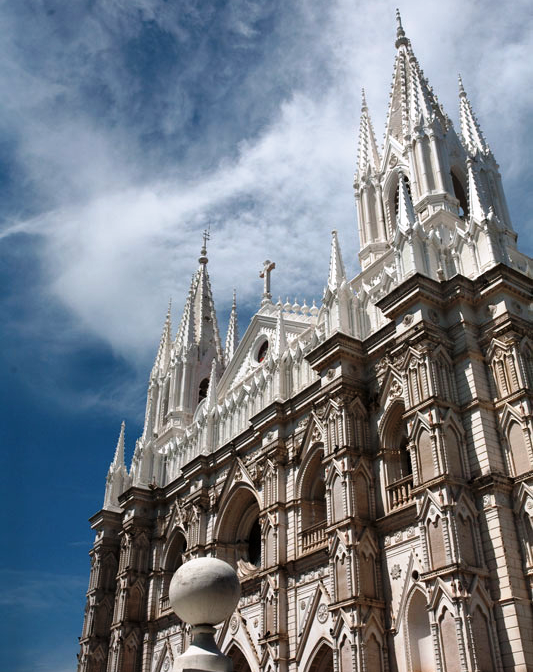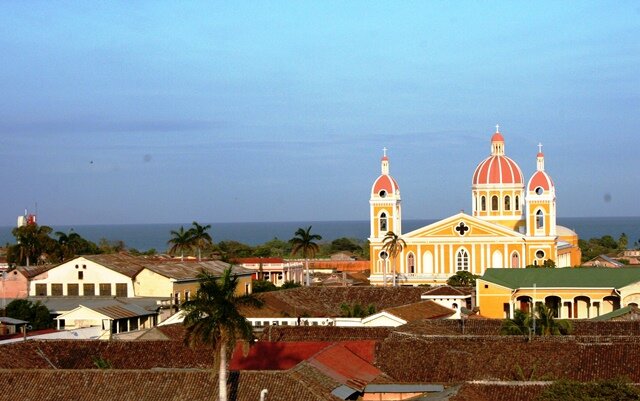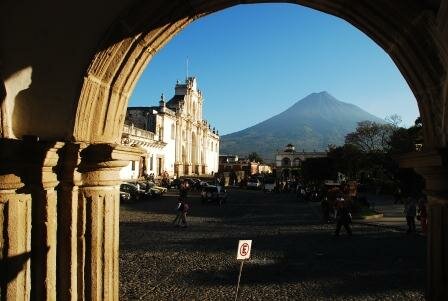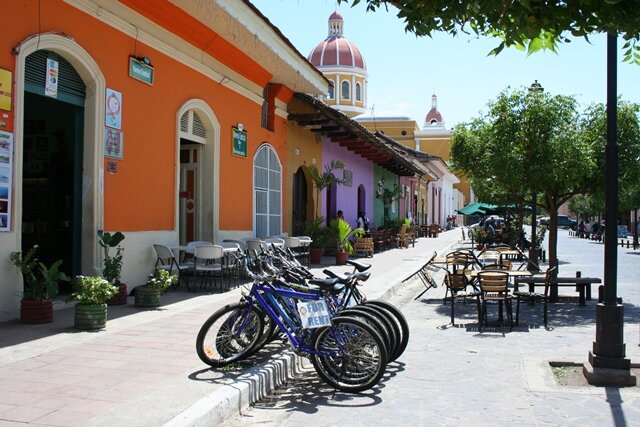A Journey into the Past
Oct 16
Vea esta publicación en español.
Central America and Mexico contain a rich tapestry of history, culture, and nature built from the various indigenous civilizations that first inhabited the region, before the arrival of the Spanish conquistadores in the Americas. This Spanish heritage is visible today in the regional cuisine, an exquisite fusion of local ingredients with those brought from the old country.
The same holds true with architecture – in most of these countries, beautiful colonial cities have become very popular tourist destinations, because they offer a unique opportunity to travel back into history. They can see bits of Spain in the narrow cobblestone streets, large plazas, houses with interior terraces and gardens, beautiful cathedrals, convents and monasteries, and even carriages and horses that share the road with automobiles.
Here are some of the most well-known colonial cities in Central America and Mexico – all are amazing destinations to discover:
Mexico

Oaxaca, Merida, Puebla, Querétaro, San Miguel de Allende, San Cristobal de las Casas, and Morelia are some of the most beautiful colonial cities in Mexico. Many of them are UNESCO World Heritage Sites because they preserve infrastructure from the 16th, 17th and 18th centuries. Rich in colonial ruins and monuments that are still well preserved, these towns are also home to Mexican art and folklore.
Guatemala
Antigua is the best example of a colonial city in Guatemala. Founded in the 16th century, it was the capital city of the Kingdom of Guatemala, the Spanish colonial government that controlled southern Mexico, Guatemala, Belize, Honduras, El Salvador, Nicaragua, and Costa Rica. The city was largely destroyed by an earthquake in 1773, but its main monuments still stand, and many are open to the public. It is recognized by UNESCO as a World Heritage Site.
Honduras

Comayagua, Valle de Angeles, Ojojona, San Antonio de Oriente, Santa Lucia, Santa Rosa de Copan, the Copan Ruins, La Esperanza, Tegucigalpa, and Gracias are the best examples of the colonial architectural heritage in Honduras. They are located in the middle of the mountainous highland areas of the country, as these sites were ideal, safe places to build the forts that today still dominate the landscape of these cities.
El Salvador

Santa Ana, Suchitoto, and Panchimalco are key colonial destinations in El Salvador. Along their cobblestone streets are Baroque and even Gothic-style churches, such as the imposing Cathedral of Santa Ana. Suchitoto is said to be very similar to Antigua Guatemala, with its colorful houses, cobbled streets, large plaza, and church, but with fewer tourists.
Nicaragua
Leon and Granada, Nicaragua, were named after Spanish cities and both are emblems of the colonial period in the country. Granada is a very colorful and lively city, with a large cathedral and park, a walkway, and boardwalk filled with tourists who walk on foot or ride in traditional carriages. Leon has several 17th and 18th century churches, as well as the outstanding ruins of León Viejo, one of the first cities established in America which has been declared a World Heritage Site. This ancient city was buried in ash after the eruption of the Momotombo volcano.
Costa Rica

Costa Rica does not have as many colonial cities as the rest of Central America. Nicoya is considered the oldest colonial city in the country, since the parish church was presumably built in 1522, but Cartago was actually the country's main colonial seat. Today few traces remain from this period.
Find sustainable hotels near these colonial cities at SustainableTrip.org.





